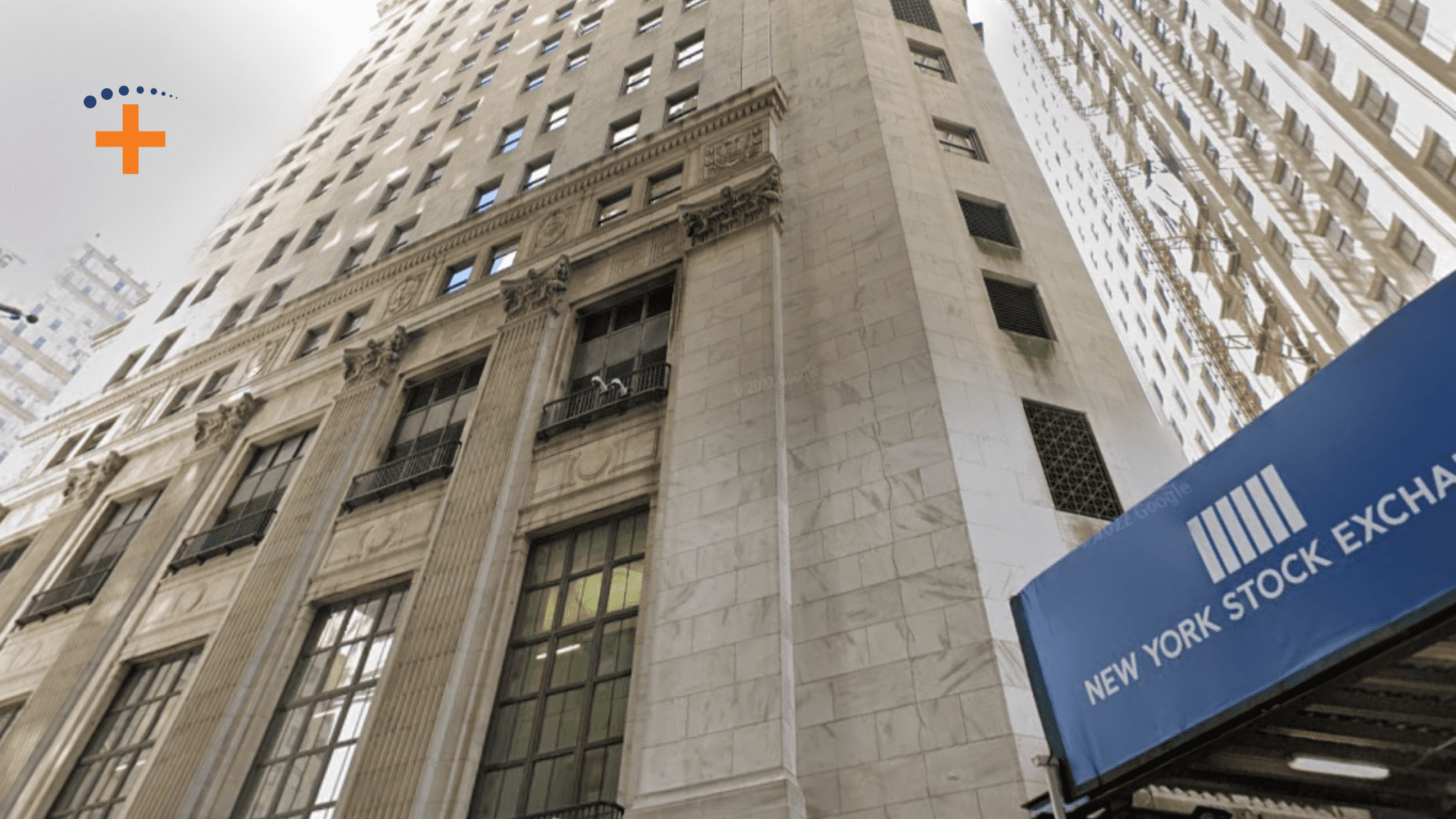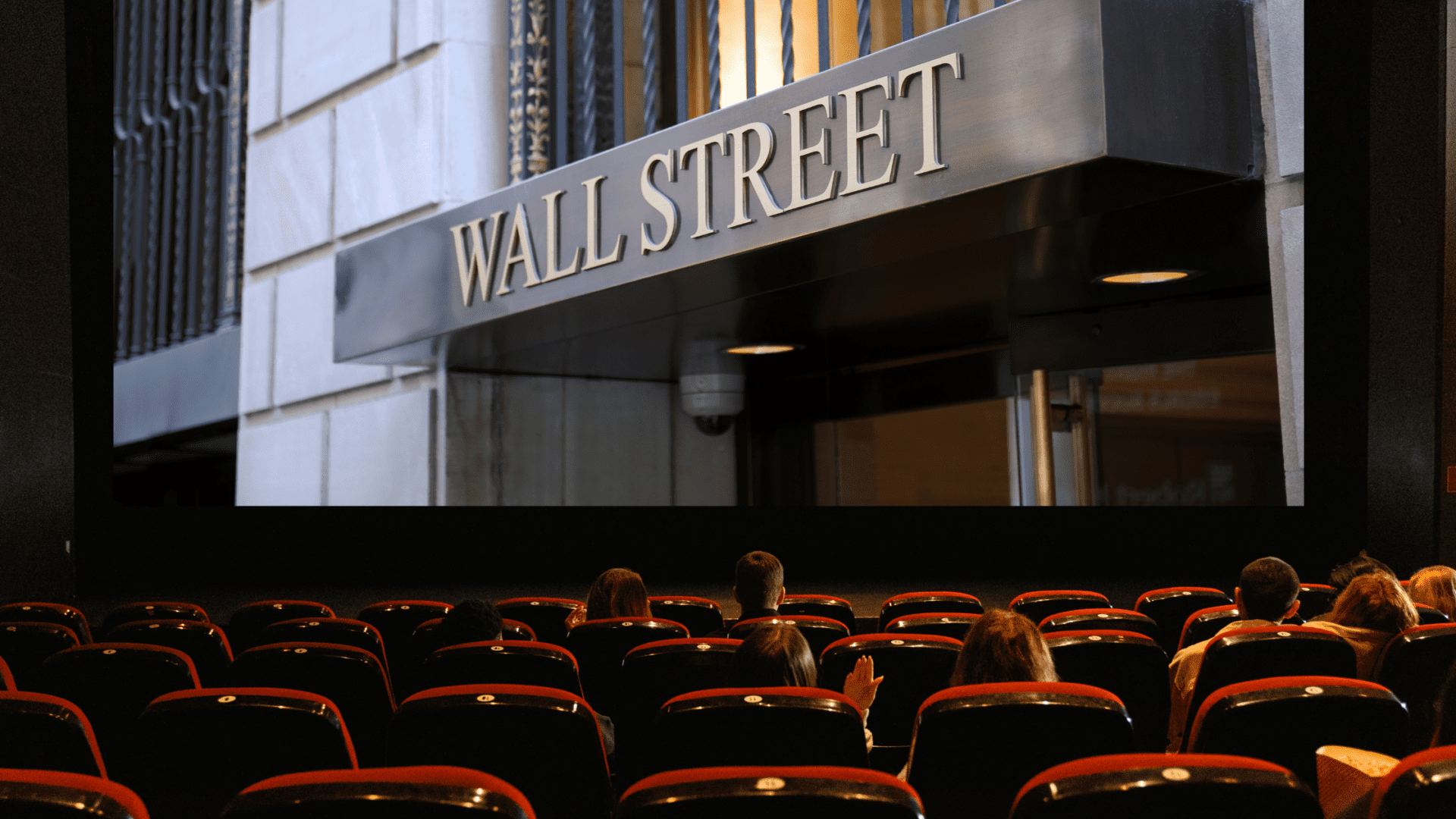Nicholas G. Potts is a prominent architect known for his deep-rooted expertise in both practical design and architectural history. His background includes collaboration with top firms, work published in leading design journals, and contributions to comprehensive architectural histories.
Potts’ extensive experience and research provide him with great insight into the historical and architectural significance of Wall Street. His YouTube presentation profiles some of the buildings that have housed America’s financial heart.
The NYSE: Architectural Landmark and Neoclassical Masterpiece

Originating from informal gatherings under a tree, the New York Stock Exchange (NYSE) reflects the formalization of stock trading and the growth of financial infrastructure. Its iconic neoclassical facade, adorned with Corinthian columns, evokes the grandeur of ancient temples while representing American prosperity.
Potts states that the building’s design emphasizes light through massive windows, a significant architectural choice that supports its expansive trading floors. Its architectural details serve as a monument to progress, depicting agriculture, mining, and manufacturing—key industries shaping the nation.
The Federal Reserve Bank: A 20th-Century Renaissance
At Liberty and Nassau Streets, the Federal Reserve Bank projects permanence and resilience.
Though designed in the 20th century, the building borrows Renaissance elements to convey a sense of history and authority. Its towering limestone and sandstone blocks reinforce stability, while metalwork by Samuel Yellen, a master of American ironwork, underscores its fortification.
Potts highlights the fortress-like aesthetic as a nod to Renaissance banking families, symbolizing the bank’s role as a financial stronghold for the nation.
55 Wall Street: Greek Revival and 20th-Century Expansion

Initially built as the Merchant’s Exchange, 55 Wall Street has evolved in conjunction with shifts in New York’s financial landscape.
Potts details how this structure was expanded upward by National City Bank, juxtaposing Ionic columns on the lower facade with grand Corinthian columns above. This hybrid design, a blend of Greek Revival and early 20th-century expansion, reflects the building’s transition from a customs house to a banking headquarters.
Potts emphasizes how 55 Wall Street remains rooted in the history of commerce while adapting to new demands over the centuries.
One Wall Street: Art Deco Elegance

Designed by Ralph Walker, One Wall Street embodies Art Deco ideals, with sleek, uninterrupted lines that draw the eye upward. Built during the Great Depression, it exudes confidence in American finance, contrasting with its neighbor, Trinity Church, in both height and symbolism.
Potts notes the building’s bespoke curved windows, which serve as unique design elements that contribute to its reputation as an Art Deco masterpiece. Walker’s blueprints align with the optimism of the era, underscoring the building’s modernity and technical prowess.
Trinity Church and the Equitable Building: Shaping the New York Skyline

Trinity Church, at the head of Wall Street, symbolizes a unique blend of spiritual and financial history. Alexander Hamilton, a founding figure of American finance, is buried on its grounds.
Nearby, the Equitable Building looms large as a catalyst for New York’s 1916 Zoning Resolution, introducing building height restrictions to preserve sunlight and open space. Potts describes this Beaux-Arts landmark as a reflection of historic architectural ideals, embodying classicism even as it redefined the cityscape. Its imposing height remains a testament to the ambitions of early 20th-century finance.
The Enduring Legacy of Wall Street’s Architectural Icons
Potts presents all these edifices as part of the story of America’s financial journey. He recognizes their importance as being far beyond the trade conducted onsite; he presents them as symbols of resilience, transformation, and ambition that define both New York City and American finance.
His complete analysis of the architecture of Lower Manhattan skyline can be found on YouTube.




















